Short skis and skiblades are taking over ski slopes, offering a lighter, easier, and more fun alternative to long skis. These compact options, like Snowfeet’s 38–120 cm models, are portable enough to fit in a backpack and even work with regular winter boots. Beginners love the faster learning curve, while seasoned skiers enjoy the nimble turns and playful style. Long skis? They’re bulky, harder to handle, and less versatile for most terrains.
Key Takeaways:
- Portability: Skiblades are lightweight and easy to carry - some even fit in a backpack.
- Beginner-Friendly: Easier to learn on compared to long skis.
- Versatility: Great for crowded slopes, tight turns, and mixed terrain.
- Cost-Effective: No need for expensive ski boots; many models work with regular footwear.
Ready to rethink your gear? Let’s dive into why short skis are gaining ground and what makes them a smart choice for skiers of all levels.
Snowboarder tries Snowfeet* | Which Snowfeet* Short Ski is the Best? | Snowblades 44, 65, 99 Review

Problems with Long Skis and Snowboards
While brands like Rossignol, K2, and Salomon have long been synonymous with traditional, longer skis, these setups come with some real drawbacks. Many skiers are finding that these lengthy options can make their time on the slopes more challenging - and less fun - than it should be.
Heavy and Hard to Carry
Let’s face it: long skis are a hassle to lug around. Traditional skis, which typically range from 150 to 200 cm, are much bulkier and heavier compared to Snowfeet* skiblades, which measure just 38 to 120 cm. That difference in size alone makes transporting long skis a logistical headache. Picture yourself wrestling with 6-foot skis in a crowded lodge or trying to squeeze them into a compact car. Not fun, right?
The weight issue doesn’t stop there. Carrying long skis from your car to the lift takes more effort, and traveling with them often means shelling out extra cash for oversized baggage fees. On the other hand, Snowfeet* skiblades are so compact that some models can literally fit in a backpack. This portability is a game-changer, especially for those who value convenience and ease of travel. Plus, lighter equipment can make a huge difference for beginners who are already dealing with the physical demands of learning to ski.
Harder to Learn
If you’re new to skiing, long skis can feel like an uphill battle - literally. Their length and weight create a steep learning curve, making it harder to pick up the basics like balance and turning. Beginners often struggle with crossed ski tips and need to apply more pressure on their knees to tilt the skis for proper turns. For someone still building muscle memory and confidence, this can be overwhelming.
"You won't have to stress about tricky techniques or get intimidated by long, heavy skis." - Snowfeet Team
Traditional long skis are engineered with advanced skiers in mind. They shine in deep powder and at high speeds, but these performance features aren’t exactly beginner-friendly. Instead, they can make the equipment feel less forgiving, forcing novices to focus on advanced techniques before mastering the fundamentals.
"Shorter skis allow skiers to focus on proper technique and form without worrying too much about speed or stability." - Snowfeet Team
And here’s the kicker: long skis don’t adapt well to the varied terrain that most skiers encounter. This lack of versatility highlights the need for a more modern, beginner-friendly alternative.
Less Flexible on Different Terrain
Long skis are specialists - they’re great for deep powder and high-speed runs. But when it comes to crowded resorts, tight tree runs, or navigating around other skiers, their size becomes a major drawback. They’re simply less agile in these situations, making them harder to maneuver.
"Short skis are easier to carve and to turn than long skis, since you don't need to put too much pressure on your knees to actually tilt the skis on their edge." - Snowfeet Team
Another issue with long skis is their struggle in mixed terrain. Most recreational skiers deal with a little bit of everything during a typical day - groomed runs, icy patches, and even small sections of powder. Long skis, designed for specific conditions, often fall short in adapting to such variety.
Their limitations don’t stop at terrain. Long skis are also less suitable for playful or creative skiing styles. While they work well for traditional alpine skiing, they’re not ideal for skiers looking to experiment with new techniques or explore different ways to enjoy the slopes. That’s where shorter, more versatile options like Snowfeet* skiblades really shine.
Why Skiblades and Short Skis Are Popular Now
The growing interest in short skis and skiblades isn’t just a passing fad - it’s a practical response to some long-standing challenges in skiing. By making skiing more approachable, fun, and convenient, brands like Snowfeet* are helping to reimagine what hitting the slopes can look like.
Small and Easy to Carry
Let’s face it, traditional skis can be a hassle to lug around. Most long skis from brands like Rossignol or K2 measure between 5 and 6.5 feet, making them awkward and heavy. In contrast, Snowfeet* skiblades range from just 15 inches to 47 inches (38 cm to 120 cm). To put that into perspective, the Snowfeet* Mini Ski Skates, at just 15 inches, can fit neatly into a backpack. Try doing that with a pair of 180 cm skis!
This compact design isn’t just about convenience - it’s a game-changer. No need for roof racks or complicated storage solutions; you can toss these into your car or even standard luggage without a second thought. Travelers especially benefit, as the smaller size could help dodge those dreaded oversized baggage fees at the airport. Plus, lighter gear means less energy spent hauling skis from the parking lot to the lift, leaving you with more stamina for the slopes.
Easy for Beginners
Getting started with traditional long skis can feel like jumping into the deep end of the pool. Skiblades, however, offer a much gentler introduction. Their shorter length makes them easier to control, which is a big win for beginners.
"Shorter skis are also more accessible for beginners or those who haven't skied in a while. With their small size, they are much easier to control, making them perfect for those who are still developing their skiing skills." - Snowfeet Team
This ease of use is especially helpful for kids, seniors, or anyone who might struggle with the weight and complexity of long skis. Instead of wrestling with unwieldy equipment, beginners can focus on building confidence and nailing the basics. And with fewer frustrations, they’re more likely to stick with the sport and enjoy the process of learning.
Better Control and Movement
Short skis don’t just make skiing easier - they also give you a whole new level of control. While traditional long skis are built for speed and deep powder, skiblades excel in agility and precision, especially in everyday skiing conditions.
"One of the most significant benefits of shorter skis is their maneuverability. Shorter skis are much easier to turn and navigate, making them perfect for skiing in tight and narrow spaces. They allow you to make quick and sharp turns, and you can change direction with ease." - Snowfeet Team
This added maneuverability makes short skis ideal for weaving through crowded slopes, navigating tree runs, or tackling tight, tricky terrain. With less ski length to manage, you can make sharp turns and quick adjustments effortlessly, giving you a smoother, more controlled ride.
Snowfeet* Works with Regular Shoes or Boots
Here’s where Snowfeet* really shakes things up. Unlike traditional ski setups that require pricey, specialized boots, Snowfeet* products work with your regular winter boots, snowboard boots, or even ski boots. That’s right - no need to invest in extra gear just to hit the slopes.
For families, this feature is a total game changer. Instead of buying ski boots for every member of the crew, you can use the footwear you already own. Not only does this save money, but it also means more comfort - because let’s be honest, nothing beats the feeling of wearing your own boots during a long day on the mountain. And for those impromptu ski sessions? Just grab your Snowfeet* and go.
sbb-itb-17ade95
Snowfeet* vs. Long Skis and Snowboards
When you compare Snowfeet* products to traditional long skis and snowboards, it’s clear that size isn’t everything. While big names like Burton, Rossignol, and Salomon have long been the go-to for skiers and snowboarders, Snowfeet* proves that smaller, lighter gear can pack a punch.
Feature Comparison: Snowfeet* vs. Traditional Gear
Let’s break it down. Here’s how Snowfeet* stacks up against the usual long skis and snowboards in the areas that matter most to everyday users:
| Feature | Snowfeet* Products | Traditional Long Skis | Traditional Snowboards |
|---|---|---|---|
| Length | 15–47 inches (38–120 cm) | 60–78 inches (150–200 cm) | 55–65 inches (140–165 cm) |
| Weight | Super lightweight | Heavier and bulkier | Generally heavier |
| Portability | Fits easily in a backpack | Requires extra transport | Less portable |
| Learning Curve | Quick and easy | Steeper | Moderately challenging |
| Required Footwear | Works with regular winter boots or snowboard boots | Needs specialized ski boots | Requires snowboard boots |
| Maneuverability | Great for tight spaces | Limited in crowded areas | Needs more room for turns |
| Storage | Minimal space needed | Requires significant storage | Moderate storage needs |
| Travel-Friendly | Fits in standard luggage | Often needs special arrangements | Less convenient for travel |
"Snowfeet aren't just good, they're amazing. They're super light and portable, so you can take them anywhere." - Snowfeet Team
This table highlights why Snowfeet* is a standout choice for skiers who prioritize convenience, ease of use, and fun.
Why Long Skis Might Not Be the Best Fit
For most casual skiers, the idea that longer skis automatically mean better performance doesn’t hold up in practice. Sure, long skis are designed for speed and stability on groomed runs, but they can feel clunky when making quick turns or navigating varied terrain - situations that most skiers encounter far more often than high-speed racing.
"Yes, they are very easy to learn for hockey players, roller-bladers and ice-skaters since they combine skiing and skating. However, anybody can learn how to use them. As with any new sport, it will take some time and effort but the learning curve is really fast and you will enjoy the process since Snowfeet are a hell of fun." - Snowfeet Team
The approachable learning curve makes Snowfeet* ideal for families, beginners, and even seasoned skaters or hockey players looking for something new. Plus, you don’t need to shell out for expensive, specialized gear. Snowfeet* offers an affordable, low-pressure way to dive into snow sports while keeping the fun factor high. It’s easy to see why they’ve become a go-to for so many winter enthusiasts.
How to Pick the Right Snowfeet* Model
Choosing the perfect Snowfeet* model depends on your skill level, the terrain you’ll tackle, and the kind of experience you’re after. Shorter models are all about fun and portability, while longer ones add more stability without the hassle of full-sized skis. Each model is crafted to suit different skiing needs, making your time on the slopes even better.
Snowfeet* Mini Ski Skates (38 cm): Compact and Convenient
Measuring just 15 inches (38 cm) and priced from $250, the Mini Ski Skates are the ultimate in portability. Perfect for beginners or anyone looking for casual fun, they’re ideal for tight slopes or busy runs. No need for special boots - just strap them onto your regular winter footwear. Lightweight and easy to carry, they fit in a backpack, ready for a quick snow adventure in a park, backyard, or local hill.
Snowfeet* Skiblades (65 cm): Versatile and Balanced
At 26 inches (65 cm) with a starting price of $635, these Skiblades strike a great balance between portability and performance. They’re easy to learn on and offer smooth carving, whether you're on groomed runs, in snowparks, or exploring mixed terrain. With enough surface area for stability but still short enough for sharp turns, they’re a solid all-around choice.
Snowfeet* Skiblades (99 cm) and Powder Models: For the Adventurous
These 39-inch (99 cm) models, starting at $675, are built for intermediate to advanced skiers. They provide more stability and flexibility, making them ideal for challenging terrain. The Powder version is specially designed for deep snow and off-piste skiing, letting you confidently explore untouched slopes. Even with their added features, they’re still far more portable than traditional skis.
Snowfeet* Short Skis (120 cm): Speed Meets Stability
Stretching to 47 inches (120 cm) and priced from $775, the Short Skis are for seasoned skiers seeking speed and control. They offer the length needed for aggressive skiing while remaining lighter and easier to handle than conventional skis. These skis are perfect for those who want high performance without the bulk, blending stability with maneuverability for an exhilarating ride.
Conclusion: Make the Switch to Short Skis
Switching from traditional long skis to skiblades isn’t just a passing fad - it’s a whole new way to think about winter sports. While ski resorts keep promoting pricey, bulky gear that demands special boots, lessons, and storage, Snowfeet* is proving that smaller really can be better.
Think about how this shift could simplify your winter adventures. With Snowfeet* Mini Ski Skates, you can toss them in a backpack, head to the nearest snowy hill, and be gliding in no time. No more dealing with ski lifts, rental fees, or lugging around 6-foot skis. The old idea that “longer is better” is starting to feel, well, outdated.
Snowfeet* Mini Ski Skates, at just 15 inches and $250, offer a stark alternative to traditional setups that can easily cost $800 or more for skis, bindings, and boots. Even the longest Snowfeet* Short Skis, measuring 47 inches and priced at $775, are lighter, more portable, and easier to handle than conventional gear. They open up possibilities to ski far beyond the usual resort boundaries.
What makes this change so exciting is the freedom it brings. Whether you’re using the 99 cm models for powder or the 38 cm skates for a quick session in your backyard, you’re embracing a style of skiing that focuses on fun over formality.
Snowfeet* founders Zbynek and Michael wanted to challenge the idea that winter sports need to be complicated and expensive. Their dream of seeing skiskating in the Olympics might sound bold, but it comes from a simple belief: winter sports should be for everyone - not just those who can afford thousands of dollars in gear.
So, here’s the choice: stick with the heavy, costly equipment that ski resorts push, or join the growing number of skiers discovering that shorter skis mean more fun with less hassle. The skiblade revolution is here - why not be part of it?
FAQs
How do skiblades stack up against traditional skis on different terrains?
Skiblades are all about agility and control, making them a fantastic choice for tight trails, sharp turns, and even terrain parks. Thanks to their shorter length, they offer a playful and dynamic ride that appeals to everyone - from beginners dipping their toes into skiing to seasoned skiers looking for something different and fun. On the flip side, traditional skis shine when it comes to high-speed stability, carving through deep powder, and mastering more advanced techniques.
If you’re into portability and versatility, skiblades might just be your new best friend. Models like Snowfeet in lengths of 65 cm, 99 cm, and 120 cm give you a fresh way to hit the slopes without compromising on performance. Whether you’re cruising down groomed runs or tackling steeper, trickier trails, skiblades offer an exciting, approachable way to enjoy your time on the mountain.
Can I use my regular winter boots with Snowfeet skiblades, and will it impact my skiing experience?
Yes, you can use your regular winter boots with Snowfeet skiblades! The bindings on Snowfeet are designed to work perfectly with most standard winter boots, so you don’t need to worry about lugging around heavy, specialized ski boots. It’s all about keeping things simple and portable.
Sticking with your own boots isn’t just about convenience - it also makes your time on the slopes more enjoyable. Snowfeet skiblades are super lightweight and easy to maneuver, giving you a smooth, playful ride without the usual bulk of traditional ski gear. Whether you’re just starting out or have been skiing for years, you’ll love the freedom and flexibility they bring to your adventures.
Why are skiblades a better choice for beginners compared to traditional long skis?
Skiblades are a great pick for beginners because they’re easier to handle, more agile, and less tiring compared to traditional long skis. Their shorter length makes steering a breeze, helping new skiers gain confidence without feeling overwhelmed by the slopes.
On top of that, skiblades are lightweight and easy to carry, which is a big plus for anyone just stepping into the world of winter sports. They also bring a playful vibe to skiing, offering a fun twist for first-timers and seasoned skiers looking for something different. Whether you're new to skiing or just want a more approachable option, skiblades are an awesome way to dive into the slopes and have a blast.





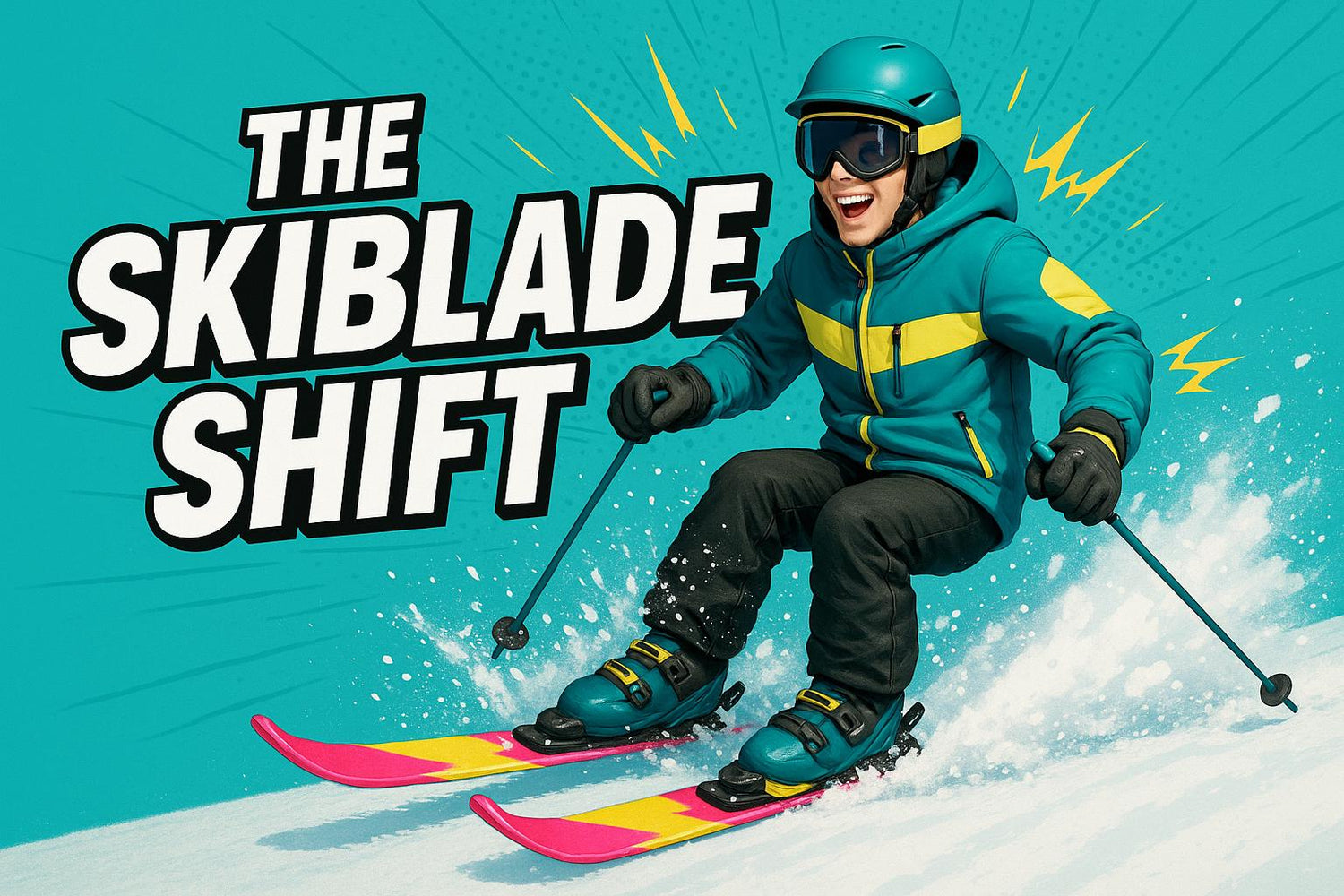
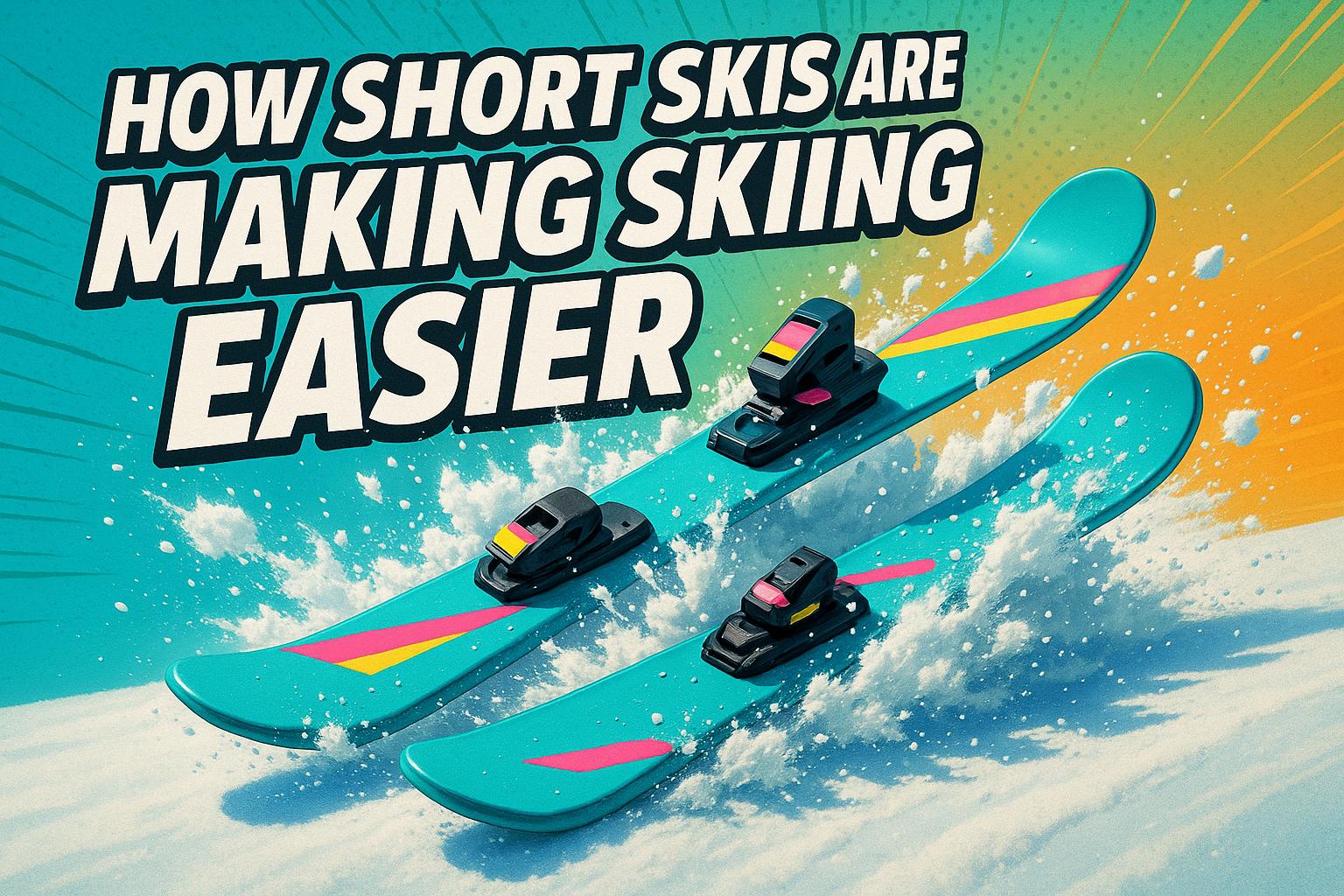
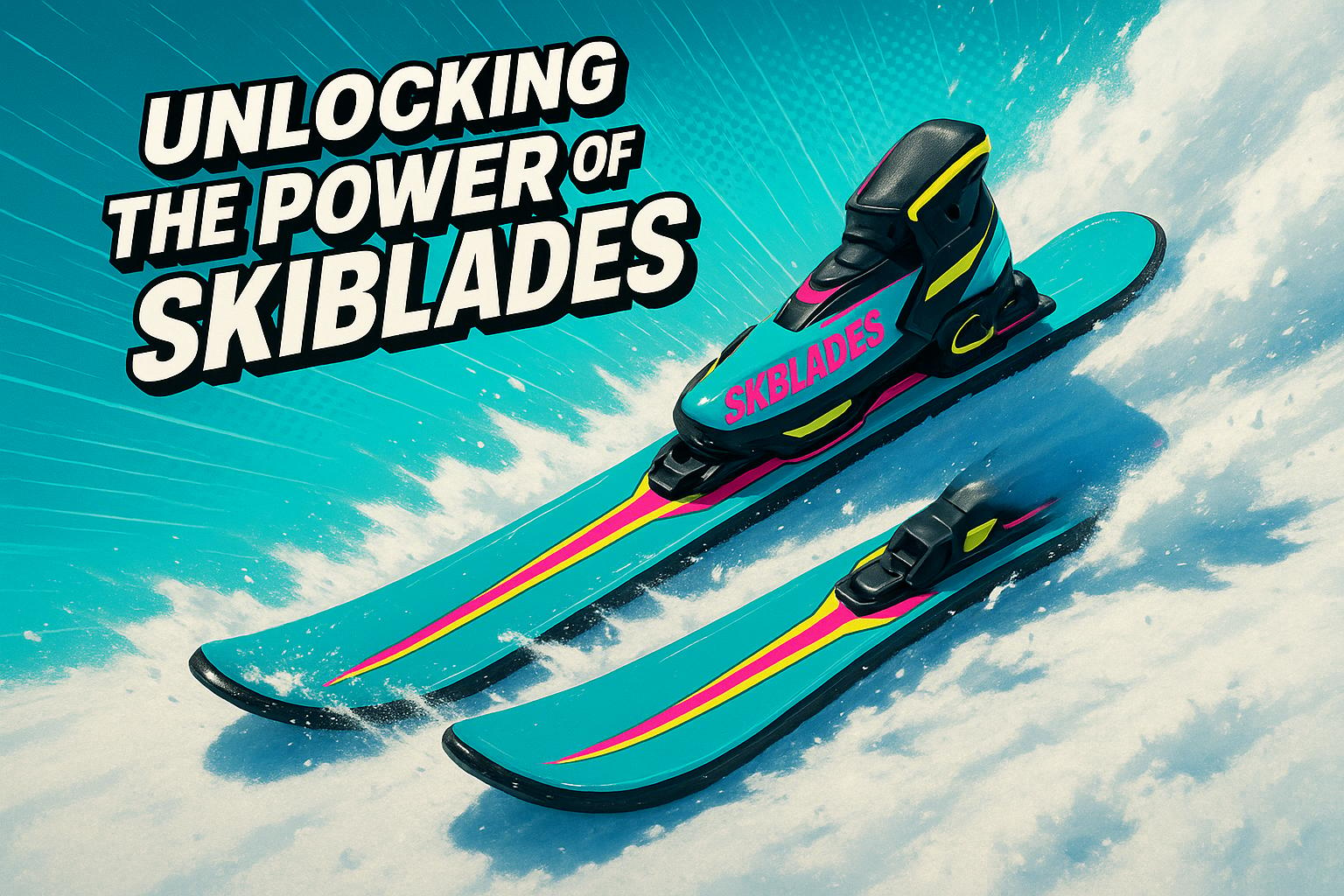




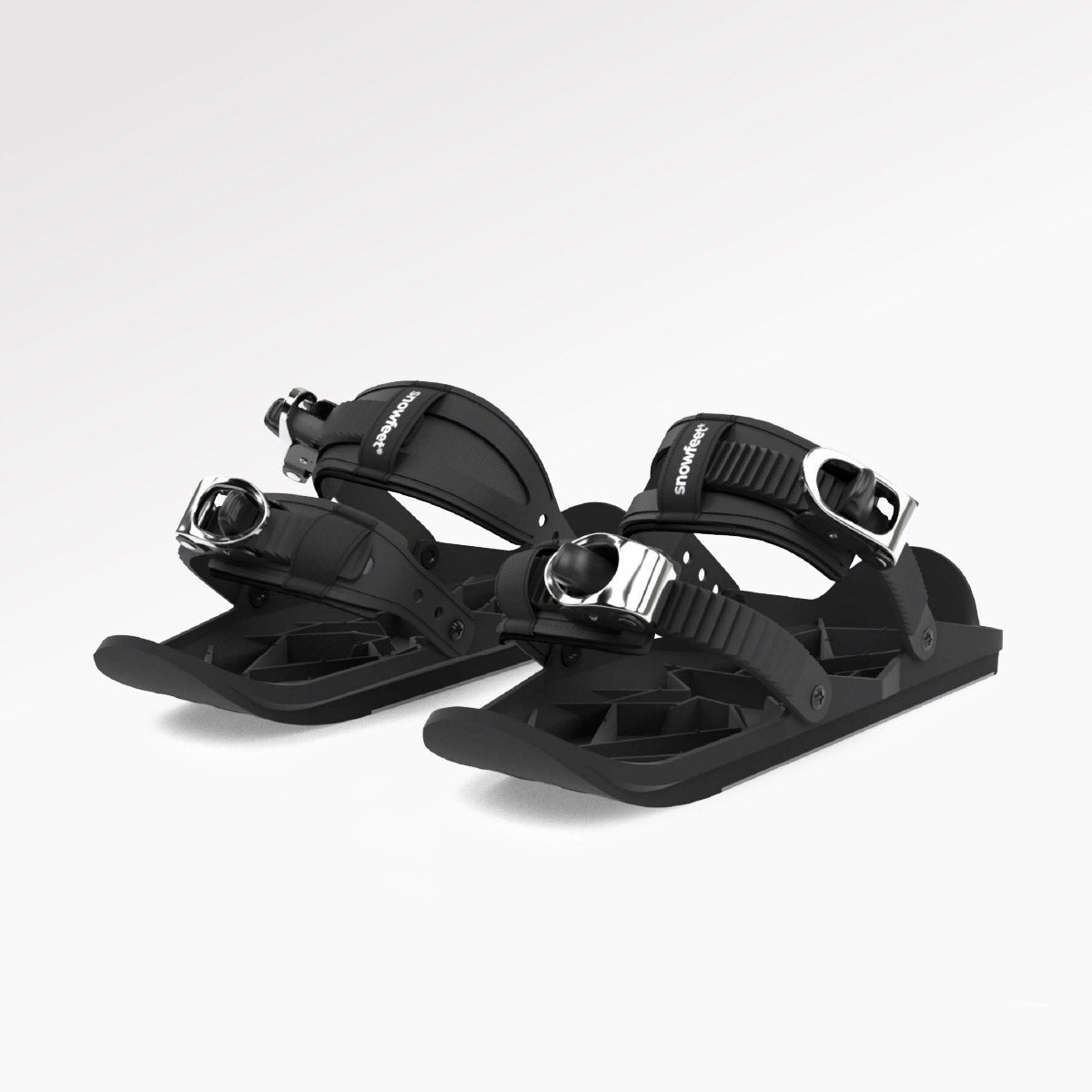
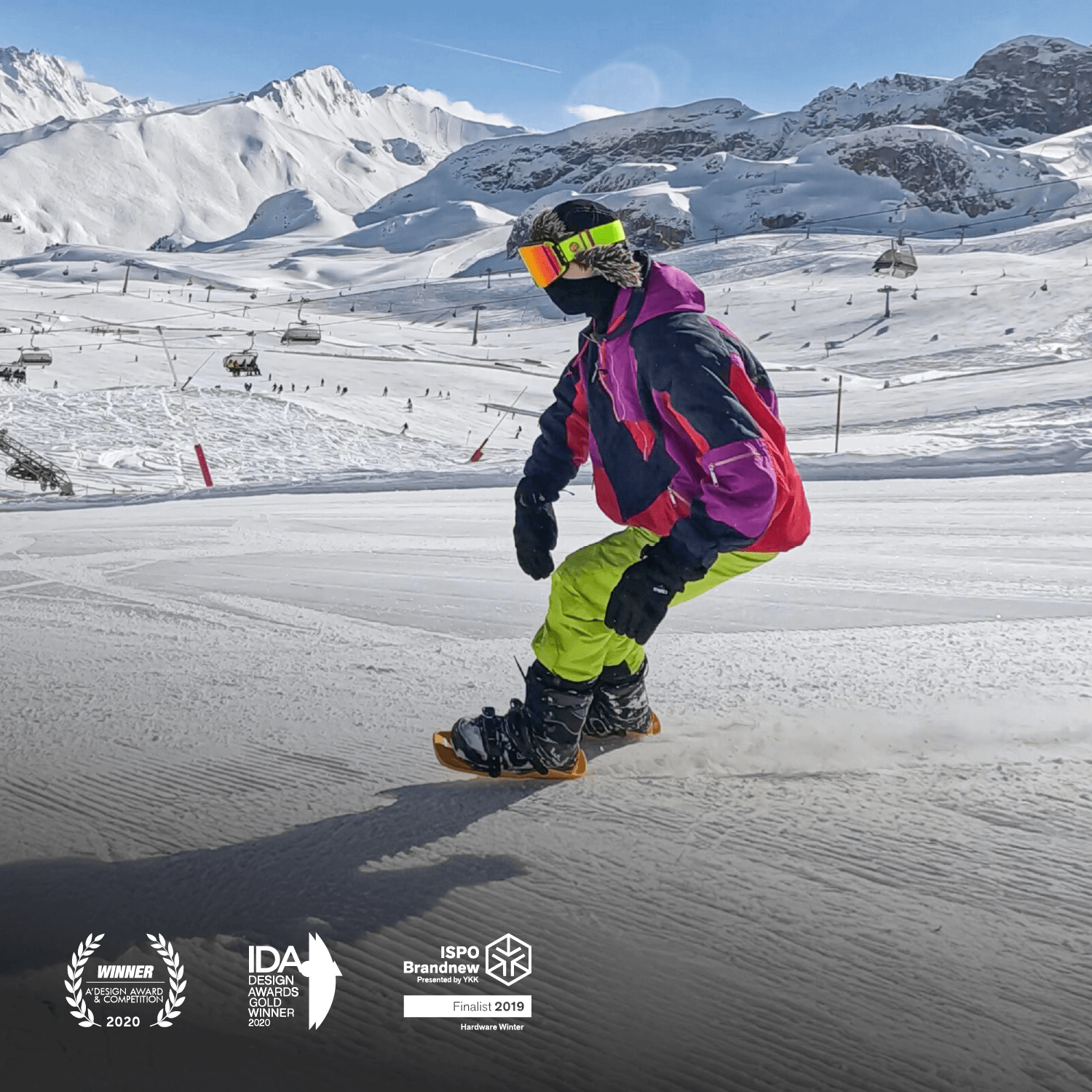


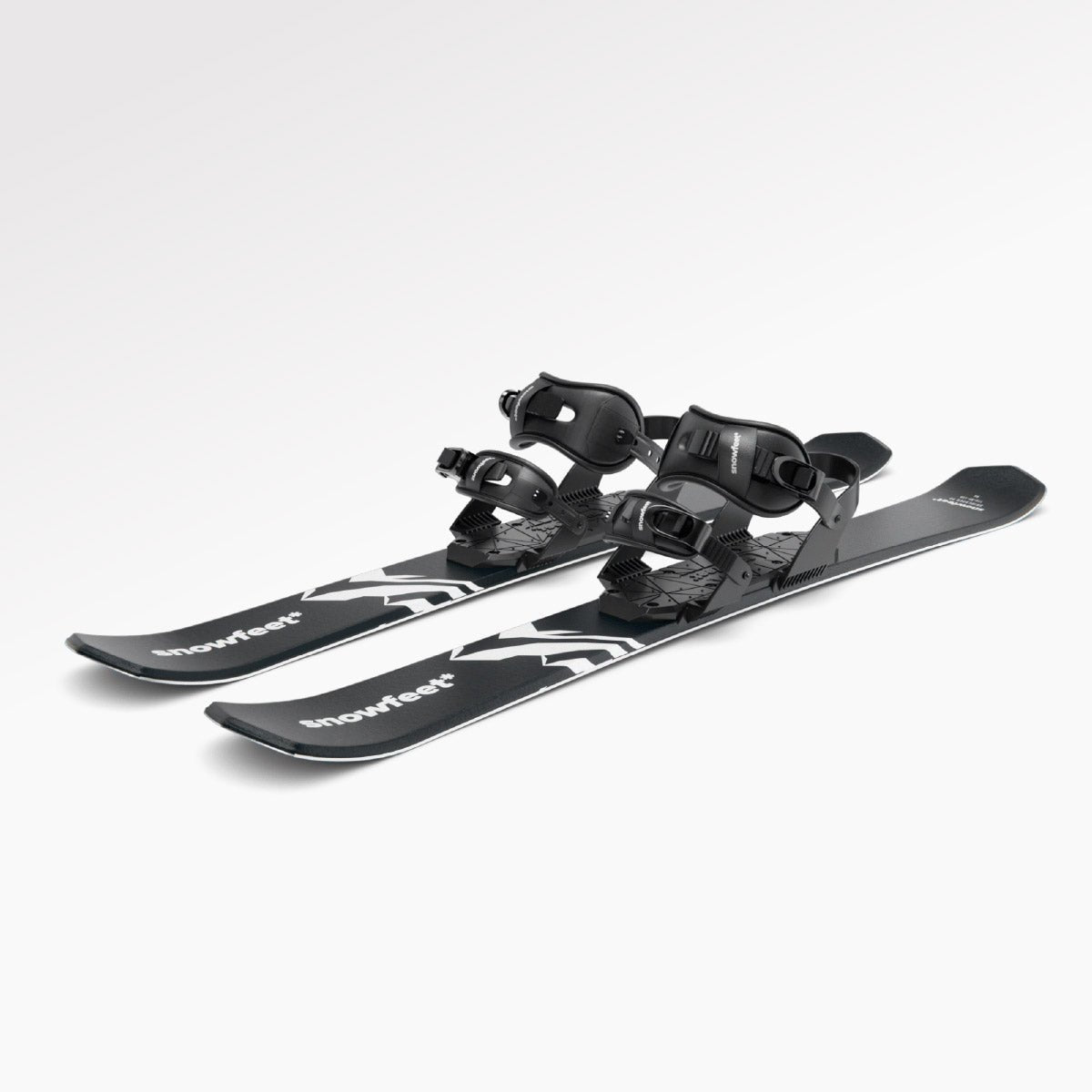

Einen Kommentar hinterlassen
Diese Website ist durch hCaptcha geschützt und es gelten die allgemeinen Geschäftsbedingungen und Datenschutzbestimmungen von hCaptcha.